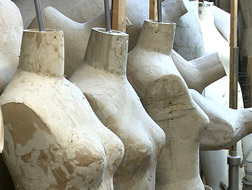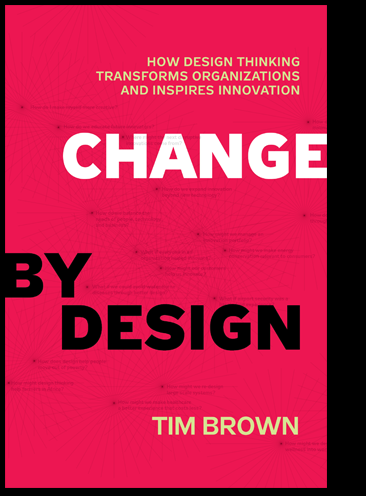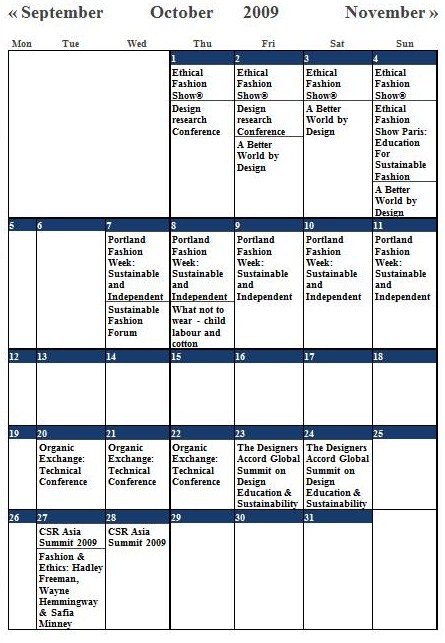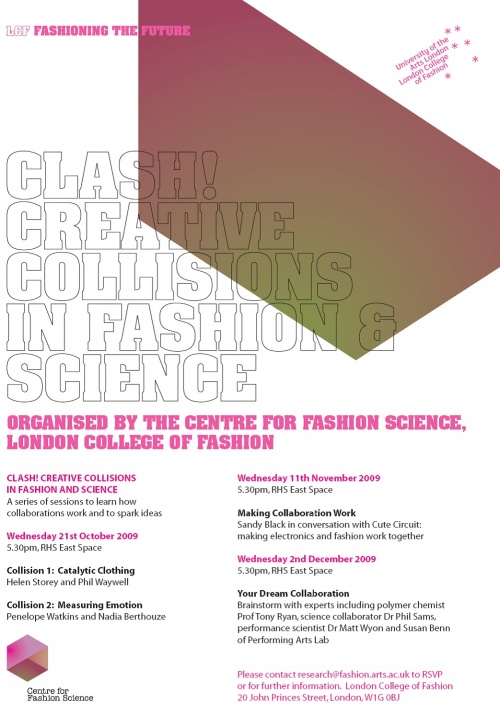As followers of SA likely already know, this online lab was developed as a result of my research, ‘Social Alteration: Sustainable Design Solutions through Socially Responsible Design Education’ at Athabasca University. A few months in, SA has grown to include the work contributing writer and collaborator Nadira Lamrad, as well as contributing writer Katrine Karlsen, and has already created the SA Fibre Analysis as our first piece of free downloadable curricula.
I’m excited to report that Fashioning an Ethical Industry has added this work to the student project/dissertation section of their site! Thank you for your support!
Click here to check it out, as well as to learn more about these inspiring student initiatives:
 22 magazine
22 magazine
Louise Boulter
University College for the Creative Arts (Epsom)
BA (hons) Fashion Promotion and Imaging
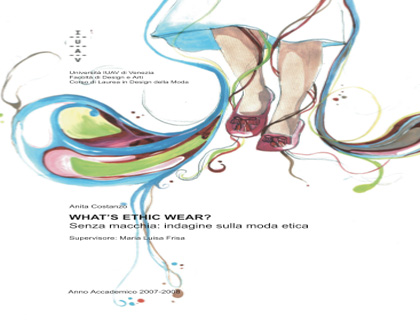
What is ethical wear?
Anita Costanzo
Universita IUAV di Venezia
Corso di laurea in Design della Moda
 ‘Six’
‘Six’
Danielle Fell
Nottingham Trent University
Fashion Marketing and Communications
Graduate
 Can El Salvador develop and sustain homegrown design
Can El Salvador develop and sustain homegrown design
Carolina Gomez
Chelsea College of Arts and Design
Textile Design
3rd Year
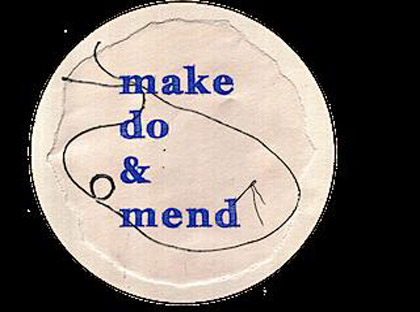
‘Make-Do-And-Mend’
Nathalie Gottschalk
Ma Ethical Fashion Graduate
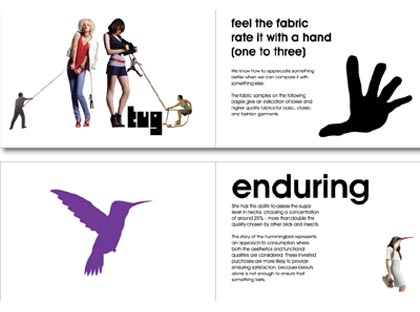 Consumer Guidebook Nectar
Consumer Guidebook Nectar
Cathy Gray
University College of the Creative Arts
Work done in 3rd Year – now graduated
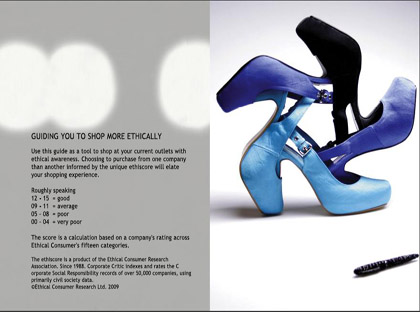 FILM CLIP and ‘Ethical Shopping Guide’
FILM CLIP and ‘Ethical Shopping Guide’
Kelly Levell
Arts Institute at Bournemouth
BA Fashion Studies Degree
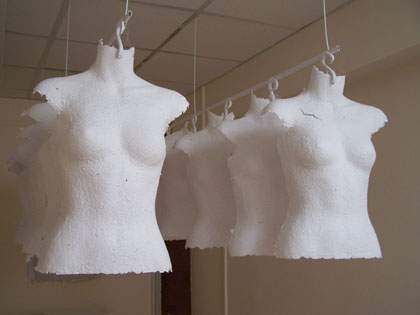 Installation in response to exploitation of garment workers
Installation in response to exploitation of garment workers
Polly Pocock
North Devon School of Art
FdA Fine Art
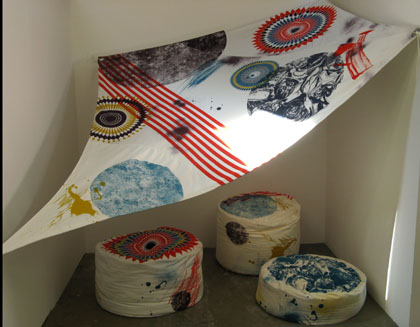 ‘Designing Happiness’
‘Designing Happiness’
Anna Vening
Chelsea College of Art and Design
BA Textile Design



